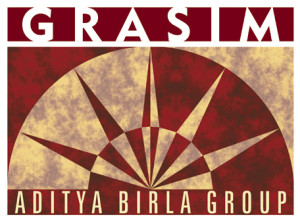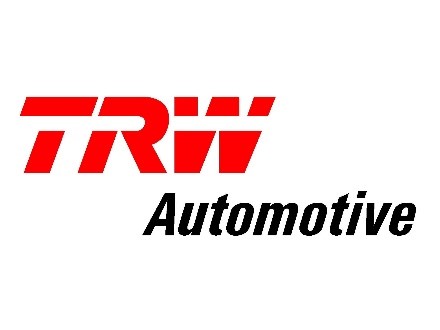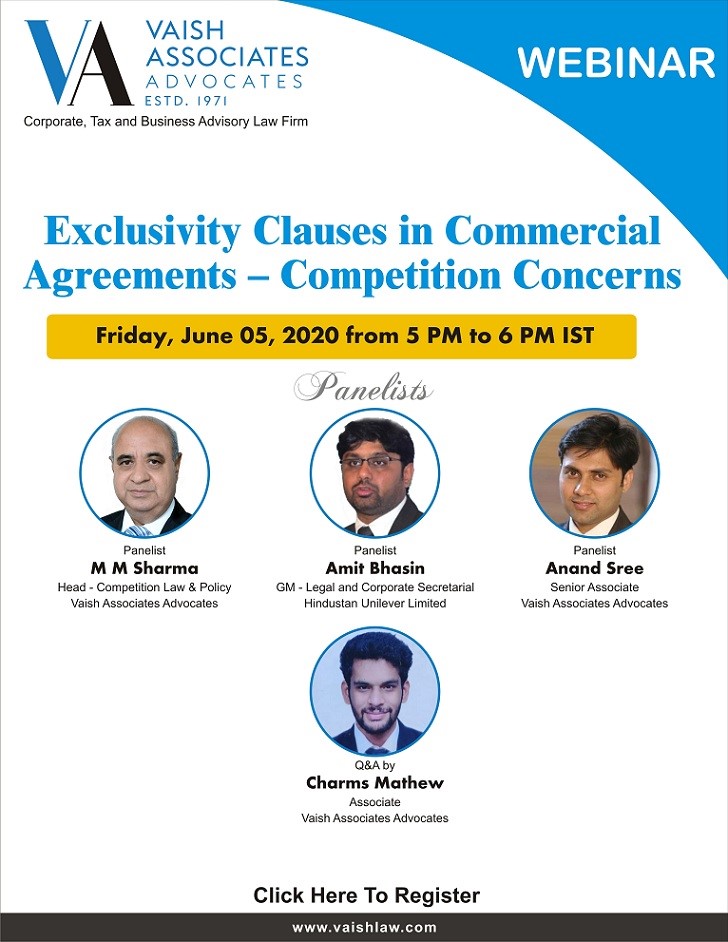The CCI in this landmark order has redefined the limits up to which the concept of single economic entity can be put to use to defend potential antitrust charges of bid rigging by two subsidiaries of a group which were hitherto fore acting as competitors to each other.The Order has the potential of revising the existing jurisprudence unless overruled by the appellate tribunal/Supreme Court.
The Competition Commission of India (“CCI”) vide its order dated 05.10.2017 has found Aditya Birla Chemicals (India) Limited (ABCIL), Grasim Industries Limited (GIL) and Gujarat Alkalis and Chemicals Limited (GACL) (collectively called as “opposite parties’) guilty of bid rigging/ collusive bidding in terms of provisions contained in Section 3(3)(d) of the Competition Act, 2002 (“The Act”) and has imposed penalty totaling Rs. 6.27 Crores. The brief facts are as under.
Background & allegations
For production of potable water three chemicals, namely, Poly Aluminum Chloride (PAC), Alum (coagulant) and Liquid Chlorine (LC) (disinfectant) are widely used, but PAC is mostly used as it is easy to handle. Delhi Jal Board (the Informant) has been procuring PAC and LC from the Opposite Parties for purification of water through tendering process.
The Informant alleged that in case of negotiations over the bid price of PAC/LC, the Opposite Parties used to negotiate/ decrease the prices, to an equal extent. The Informant has further alleged that in negotiation over the bid price all the Opposite Parties used to decide as to how much amount is to be decreased or negotiated from bid/ quoted price. The Informant has also alleged that the Opposite Parties were bidding collusively by quoting similar prices with a difference of INR 200-400 for certain quantity of the said chemicals from the year 2006-07 till the year 2012. The same is alleged to be done to vitiate the whole purpose of tenders as the Informant had no other option but to accept the prices as determined by the Opposite Parties themselves.
References made by DJB to CCI
In the context of the above allegations, two separate references (akin to complaint by statutory authorities) under Section 19(1) (b) of the Act made by Delhi Jal Board (DJB/Informant) to the CCI.
In Ref. Case No. 03/2013, the Informant had alleged that Grasim Industries Limited (GIL), Aditya Birla Chemicals (India) Limited (ABCIL), Gujarat Alkalies and Chemicals Limited (GACL) and Kanoria Chemicals and Industries Limited (KCIL) had indulged in collusive tendering/bid-rigging of the tenders floated by it for the procurement of Poly Aluminium Chloride (PAC) pertaining to the period from 2006-07 till the year 2012.
In Ref. Case No. 04/2013 the Informant alleged bid-rigging/collusive tendering by the same companies as in Ref. Case No. 03/2013 ( except that in place of GACL , Punjab Alkalis & Chemicals Ltd. (PACL) was bidding) with respect to tenders for the procurement of liquid chlorine (LC) floated by the Informant for the period from 2006-07 till 2012.
DG Investigation
The DG in his investigation concluded that the OPs did act in a collusive manner raising the bid prices and contravened the provisions of Section 3(1) read with Section 3(3) (d) of the Act. The DG, however, noted that no contravention was established against KCIL.
CCI Observations
The Commission on examination of the rates for PAC offered by the companies in response to the tenders for the period from 2009-10 to 2014-15, observed that the rates besides simultaneously increasing every year were converging on a narrow band.
Further, it was noted that despite the fact that the plants are located in different geographical areas (and the subsequent reflection on the logistical costs), the rates quoted by all the bidders remained substantially similar. It was also observed that in normal market conditions, the freight rate/km should decrease with the increase in the distance covered. However, contrary to the same, the freight rate of GACL which was farthest from DJB had the highest freight rate.
On examination of the cost of production of the product by the respective companies, the CCI observed that the cost of production of GACL has been nearly constant whereas the cost of production of GIL and BACIL has been increasing, which was contrary to explanations of narrow band pricing offered by the parties, which attributed the same to PAC being a homogenous product.
The examination of the rates offered by the parties to other customers also revealed that the parties have been charging DJB higher rates than the rest of their customers, which could not be sufficiently explained by the ABCIL, GIL or GACL.
With respect to the conduct of GIL and ABCIL, it was noted that they have been continuously and throughout the tender process exchanging vital information with each other, be it sharing of the bid documents, prices to be quoted or even the negotiated prices to be offered.
With regard to tendering of LC it was noted that the product features of LC distinguished it from PAC, such as LC is a by-product and it’s hazardous and toxic nature and hence its market conditions was different from that of PAC. It was also noted that in case of LC, apart from the timing of bid submissions there were no other factors indicative of a concerted action.
The Commission noted that for LC, no analysis has been made by the DG with respect to basic price, transportation cost, taxes and policy of profit margin and in the absence of any analysis in this regard, no finding of contravention can be recorded against the bidders based on the conclusions drawn by the DG.
Findings of the CCI
ABCIL and GIL had raised the preliminary objection that were subsidiaries of the same parent company and therefore being part of the same ‘group’, any agreement between cannot be termed as an anti-competitive agreement under Section 3 of the Act.
However, the Commission noted that at every stage of the bidding process, suppliers including ABCIL and GIL were treated as opponents and their bids were assessed individually, and not collectively, and therefore they should be treated as competitors irrespective of the fact that they are related to each other.
The Commission also noted that the concept of ‘group’ is applicable only in the context of regulation of combinations under Sections 5 and 6 of the Act and has no application, whatsoever, to the proceedings under Section 3 of the Act.
With regard to the allegations of collusive bidding, the Commission observed that despite all the OPs having huge variation in variable cost of production, fixed cost of production, transportation cost, taxes as well as policy on profit margin, there was close margin in bid prices quoted for PAC by them in DJB’s tenders year after year. It was also noted that similar behavioral patterns are discernible in tenders of other municipal corporations (other than DJB) as well. It was noted that the employees responsible for the tender proposals of the OPs coordinated with each other at every stage of the tender process.
Accordingly, in the absence of an economic rationale behind the behaviour of quoting similar rates by the bidders together with the prolonged supra-competitive pricing by GACL, the bid rotation, the tenders floated by other municipal corporations and the exchange of vital information taken in totality were sufficient enough as ‘plus factors’ and established concerted action and meeting of minds.
Consequently, the bidders i.e. ABCIL, GIL and GACL were found to have acted in a concerted manner in respect of the tenders floated by DJB (for supply of PAC) during 2009- 10 to 2014-15 in contravention of the provisions of Section 3(1) read with Section 3(3)(d) of the Act. No violation for the bidders for LC i.e ABCIL, GIL and PACL was found and the reference case No. 04/2013 was closed.
Regarding the quantum of penalty to be imposed, the Commission noted that PAC is used in the purification of water. Therefore, the criticality of the procured product for public health was considered as an aggravating circumstance. Therefore the Commission ordered a penalty on ABCIL and GIL at the rate of 8% on their average relevant turnover and at 6% on GACL for their first three financial years, being INR 2.09 Crore, INR 2.30 Crore and INR 1.88 Crore respectively.
Dissent Order –
In his dissenting Order Mr Sudhir Mittal ,Member , CCI , however, did not find the GACL’s conduct as adequately fitting into the ‘plus factors’ or gets covered by the “standard of proof” in cartel cases as promulgated in the various decisions of the Commission. Therefore, he did not find GACL liable of collusion in contravention of Section 3(3)(d) of the Competition Act, 2002.
Comment:
The present order marks a positive and significant development of the concept of Single Economic Entity (SEE) in India, in line with the practice in mature competition law jurisdictions.
Previously, the preliminary step adopted by the CCI to examine whether entities are a SEE in the market, was an examination of the structural links between the entities in question. For example in the case of Exclusive Motors, the CCI held that so long as two enterprises form part of the same group, any internal agreement between them is not considered an agreement for the purpose of Section 3. This approach was also followed by the CCI in the Association of Third Party Contractor case. The methodology adopted by the CCI earlier was such that in order to be considered a SEE, the entities first have to qualify the “group test” as envisaged under Section 5 of the Act.
In this case, ABCIL and GIL had taken the plea that there cannot be a collusion between them in terms of Section 3 of the Act as they constitute a ‘group’[1] within the meaning of Explanation (b) of Section 5 of the Act. It is interesting to note that in an order dated 31.08.2015 (which pertained to the merger of ABCIL and GIL), the CCI had itself held ABCIL and GIL as part of the same group. However, the CCI refused to admit the plea of SEE since, pursuant to the tender, the parties had submitted independent bids, thereby creating a façade of fair competition to the procurer. It was held that when two or more entities even if part of the same group decide to submit separate bids in the same tender, they consciously represent themselves to the procurer that they are independent decision making centers. Therefore, they cannot avoid responsibility under Section 3(3) of the Act merely on the said ground.
The order is ,therefore, a welcome development in the jurisprudence regarding SEE, since by following the “structural” approach, there was a risk of the CCI even overlooking genuine cases of entities constituting a SEE, a principal and agent relationship being one such instance.
[1] (b) “group” means two or more enterprises which, directly or indirectly, are in a position to — (i) exercise twenty-six per cent or more of the voting rights in the other enterprise; or (ii) appoint more than fifty per cent of the members of the board of directors in the other enterprise; or (iii) control the management or affairs of the other enterprise;










